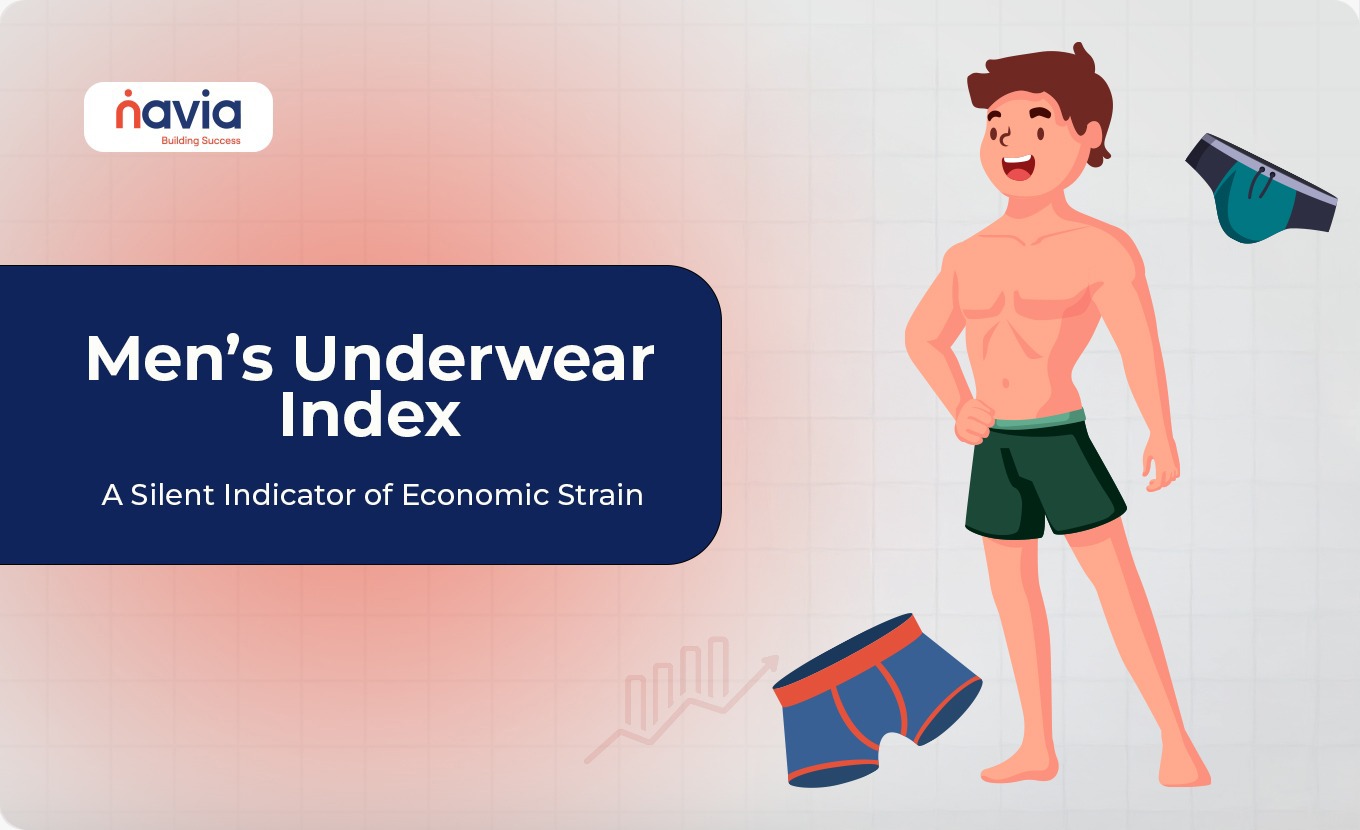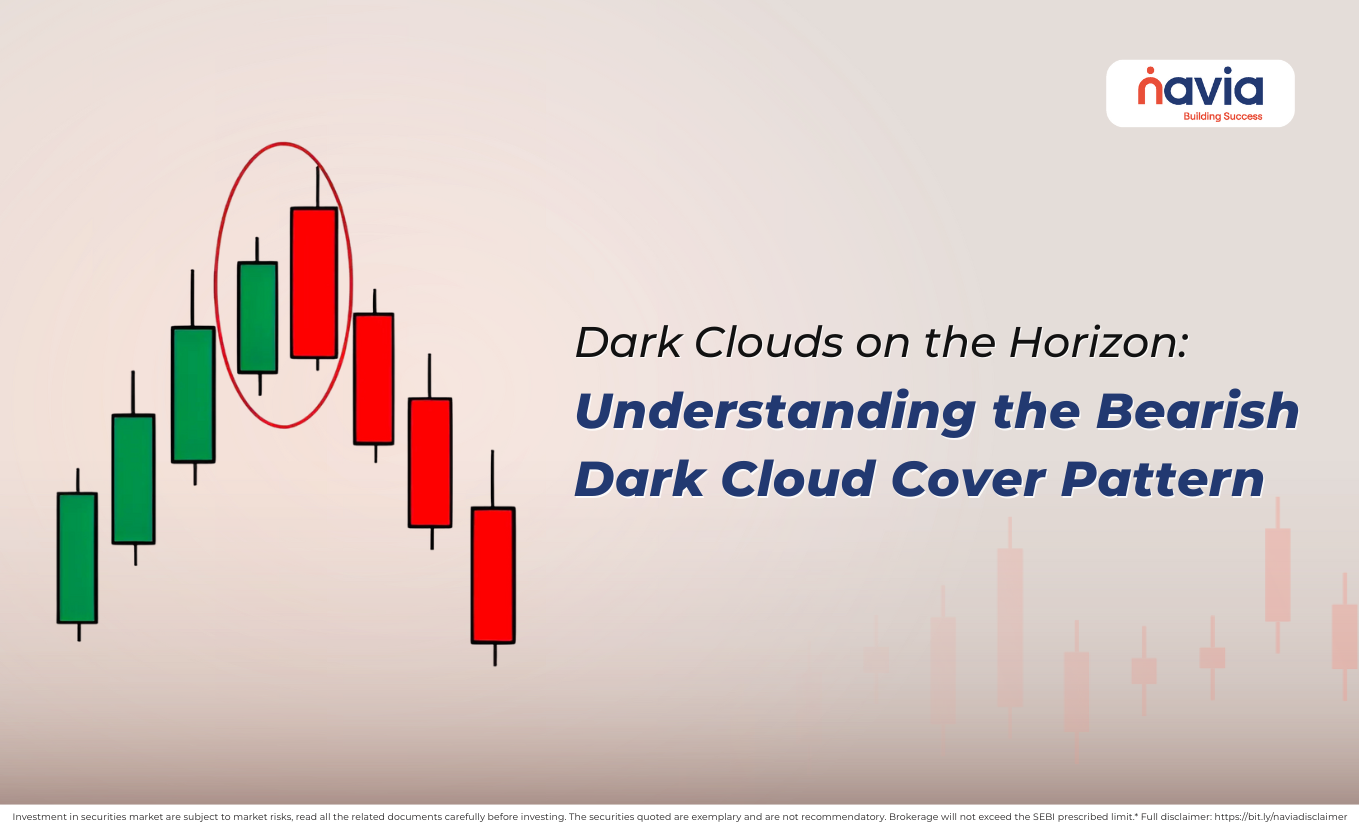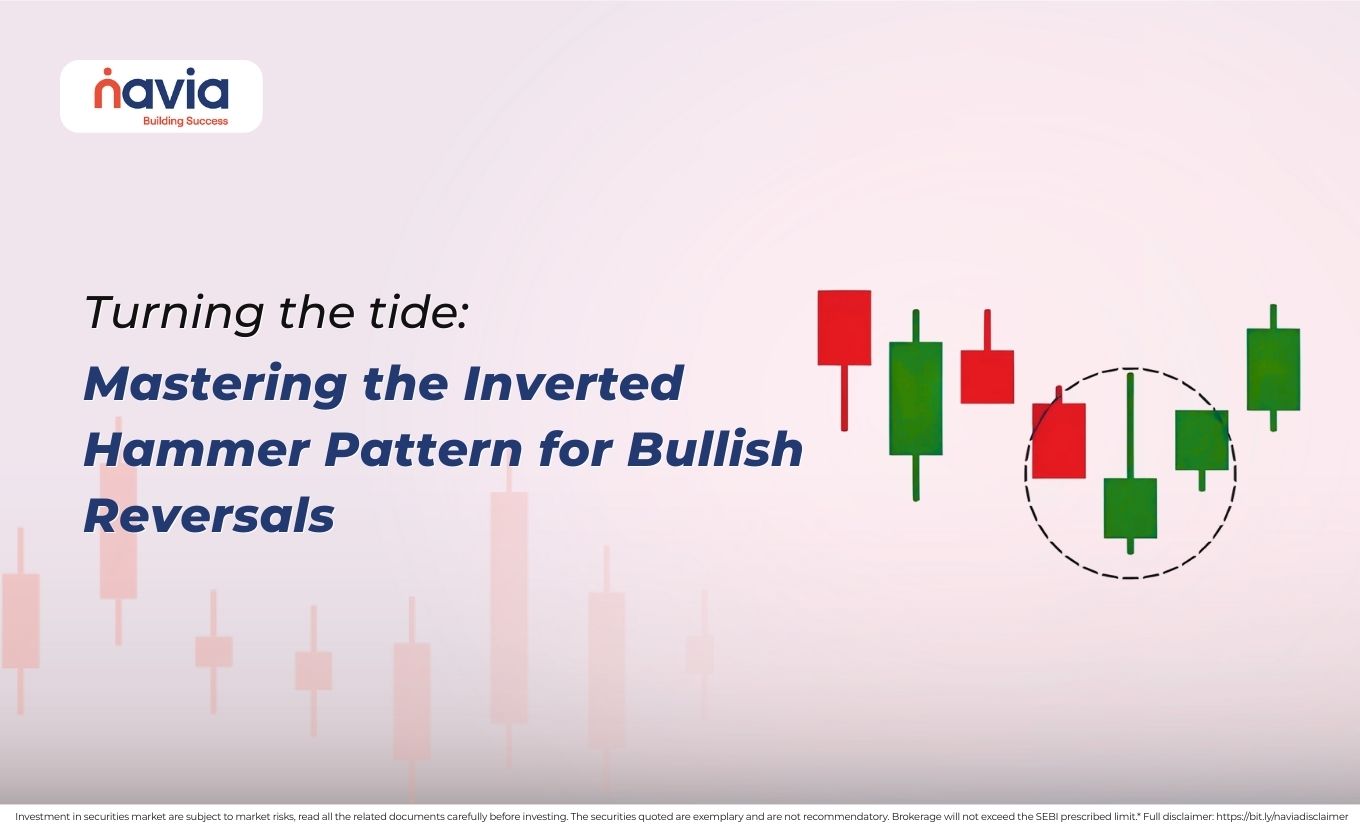The Men’s Underwear Index: A Silent Indicator of Economic Strain

In the realm of economic indicators, we’re accustomed to hearing about GDP growth, inflation rates, and stock market performance. But some of the most insightful indicators come from the most unlikely places. One such quirky gauge of economic health is what’s known as the Men’s Underwear Index (MUI).
The Men’s Underwear Index is a rather unconventional economic indicator that was famously identified by Alan Greenspan, the former Chairman of the Federal Reserve. Greenspan observed a peculiar trend during times of economic distress: men tend to stop purchasing new underwear when the economy goes into a slump.
But why would men stop buying underwear when things get tight?
The Silent Scream of Male Spending Cuts
According to Greenspan, underwear is often the first thing men will cut from their discretionary spending during tough times. The reasoning is simple — no one sees it. Unlike clothing items like suits, shoes, or jackets, which are outwardly visible, underwear remains hidden from view, making it a prime target when budgets are being trimmed. It’s a silent sacrifice: no one notices it, but it’s one of the first things to go when money gets tight.
Greenspan famously remarked:
“We’ll know the recession is real when the boxers start falling apart.”
This statement may sound humorous or even absurd at first, but it carries a deeper psychological meaning about consumer priorities during periods of financial uncertainty. It reflects how people, when faced with financial strain, tend to cut back on non-essential items, and when it comes to underwear, it’s easy to justify skipping purchases until absolutely necessary.
Why Men’s Underwear? A Closer Look
Underwear doesn’t come with the flashiness or prestige of other consumer goods. It’s not something that people typically splurge on unless they need it. Yet, underwear is still a fundamental aspect of personal spending, and the pattern of buying or neglecting it can reveal much about consumer sentiment. Here’s why:
Basic Necessity, Yet Discreet:
Unlike groceries or bills, underwear is a basic need—but it’s not something that affects your social status or appearance. Outwardly, no one notices if your underwear is getting older. So, it’s easy to push off purchasing new pairs when the financial pressure starts mounting.
A Non-Visible Luxury:
People might still splurge on larger ticket items (like a new TV or a luxury car) during tough times, but underwear is a private luxury. When things get really bad, men might cut back on these personal items because there’s less social pressure to have new ones.
Durability:
The shelf life of underwear is long compared to other clothing items, meaning it’s easier to go without buying new pairs for longer. As a result, it might take several months (or even years) before consumers feel the need to replace them.
Psychological Aspect:
There’s also a psychological element at play. In a recession or economic downturn, people instinctively look for areas where they can tighten their belts. While things like branded shoes or designer jackets are still seen as symbols of success, underwear is not a symbol of status—it’s more of a personal necessity, thus easier to overlook.

Why the Men’s Underwear Index Matters?
While it’s easy to dismiss the Men’s Underwear Index as a humorous anecdote, it offers valuable insights into consumer behavior, especially in times of economic uncertainty. Tracking this unusual indicator can provide:
A Leading Indicator of Consumer Confidence:
The Men’s Underwear Index reveals how consumers prioritize spending during tough times. If men stop buying new underwear, it signals a decline in consumer confidence and the likelihood of deeper financial cuts.
Insight into Market Shifts:
When examining sectors like retail or consumer goods, sales data around items such as underwear can give early indications of broader trends in consumer spending behavior and economic health.
Psychological Signals:
The reluctance to buy new underwear, despite it being an inexpensive item, underscores how deeply economic conditions affect consumer psychology. People instinctively try to preserve their financial security by cutting back on things that don’t appear necessary to others.
Conclusion
The Men’s Underwear Index might seem like a humorous quirk, but it provides a real, reliable glimpse into consumer sentiment. It speaks volumes about how, during challenging economic times, individuals are willing to cut back on what is essentially invisible luxury. By tracking these small, seemingly inconsequential spending patterns, economists and investors can glean valuable insights into the overall health of the economy and consumer behavior.
So, the next time you hear someone joke about their worn-out boxers, remember: It might just be a sign that the economy is feeling the pinch.
Do You Find This Interesting?
Frequently Asked Questions
What is the Men’s Underwear Index (MUI)?
The Men’s Underwear Index is an unconventional economic indicator that tracks men’s underwear sales to assess consumer confidence.
Who introduced the Men’s Underwear Index?
Alan Greenspan, former Chairman of the U.S. Federal Reserve and he making it a subtle sign of financial strain.
Can the MUI actually predict a recession?
The Men’s Underwear Index can’t predict a recession on its own, but it serves as a subtle early warning sign of declining consumer confidence and spending habits.
How is the MUI used by investors?
They use it as an informal way to understand changes in consumer behavior. A drop in underwear sales might lead to a closer look at overall shopping and spending habits.
How can I use insights from the Men’s Underwear Index in personal investing?
Easily recognizing early signs of less spending can help predict a slowing economy and support better financial or investment choices.
DISCLAIMER: Investments in the securities market are subject to market risks, read all the related documents carefully before investing. The securities quoted are exemplary and are not recommendatory. Brokerage will not exceed the SEBI prescribed limit.






